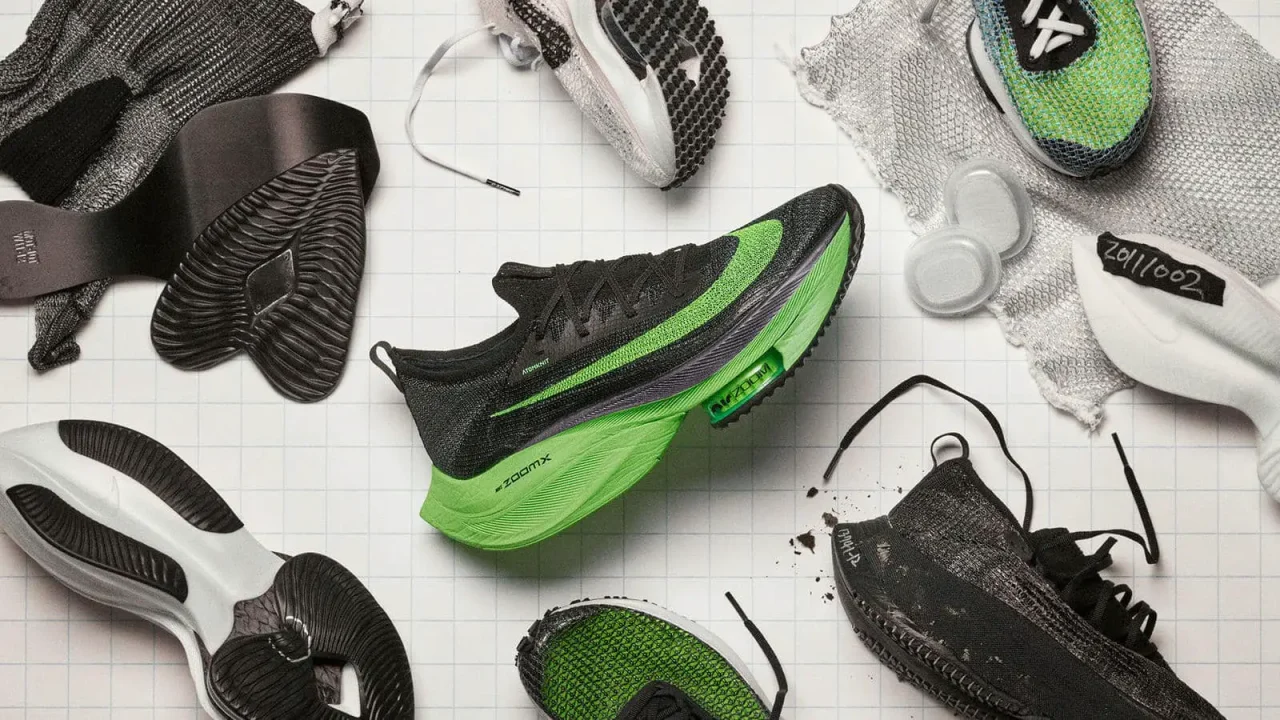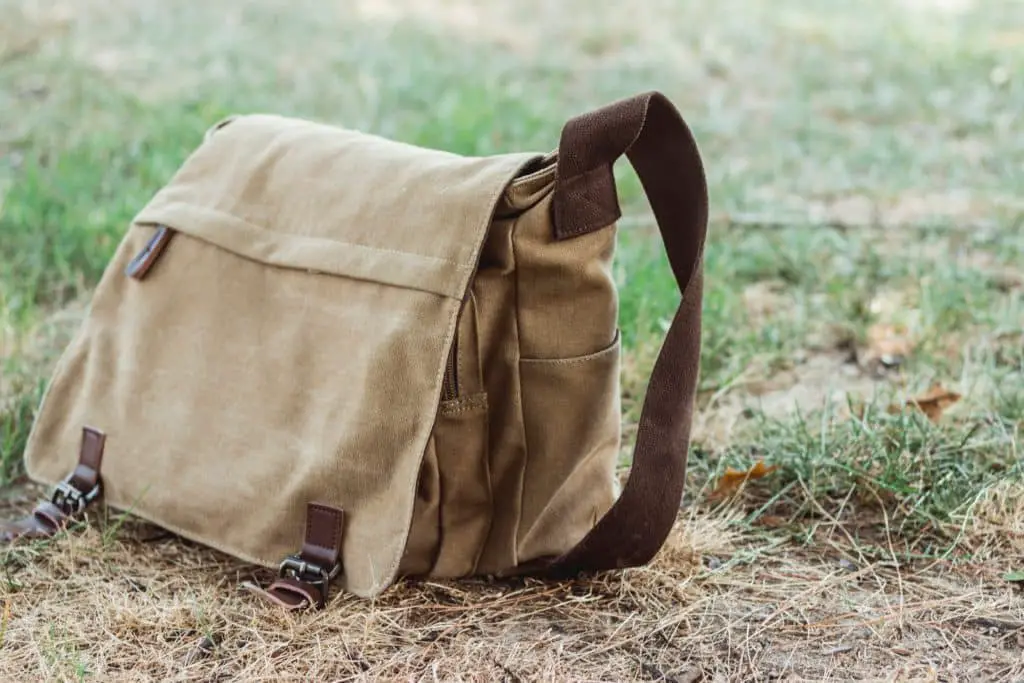Neutral vs Stability Running Shoes: Which To Choose?
When you’re looking for running shoes, you may hear the words “neutral” and “stability.” It might be challenging to choose running shoes if you aren’t sure what type of shoes your feet require. This article provides a comprehensive guide on neutral vs stability running shoes.
When you’re at the aisles of running shoes, your choices seem to be unlimited. You see a wide variety of shoes with different colors, designs, sizes, and prices. What best matches your running style and foot structure between the neutral vs. stability running shoes? To help you find out, we will discuss the various types of running shoes and their advantages.
Basic Biomechanics of the Foot
To understand the distinction between motion control and stability shoes, it is essential to first distinguish between normal pronation and overpronation. Pronation is the natural inward roll of the foot as it makes contact with the ground. Most people pronate mildly, but some overpronate, which can lead to injuries.
Note: This post may contain affiliate links, which means if you buy from my link I might make a small commission. This does not affect the price you pay. See the full affiliate disclosure here.
Foot structure and mechanics are unique to each individual, so there is no one-size-fits-all answer when choosing running shoes. A person’s pronation is determined by their foot type, classified as either normal, overpronated, or under pronated.
Defining Shoe Categories
There are three categories of shoes: neutral, stability, and motion control. The running shoe you need depends on the kind of arch your foot has. If you have a high arch, you don’t need much support and should look for a neutral shoe. If you have a low or flat arch, you’ll need more stability in your shoe, so you should buy a stability shoe. Lastly, if you have a shallow arch or are overpronated (your foot rolls inward too much), then you’ll need a motion control shoe.

Neutral Shoes
Neutral shoes are for runners with high or normal arches. These shoes have a little bit of cushioning and a flexible sole. They’re best for runners who don’t need extra support and want to feel the ground beneath their feet.
Advantages of
-Neutral shoes are versatile and can be used for various activities, such as running, CrossFit, or weightlifting.
-They’re also suitable for long-distance running because they provide a consistent level of cushioning.
-The flexible sole allows your foot to move in the way it was designed to move, which reduces the risk of injury.
4 Signs You Need A Neutral Shoe
- If you have high or normal arches, you need a neutral shoe.
- You don’t experience any pain or discomfort when running or doing other activities.
- Your feet feel tired after running, and arch support doesn’t help.
- The soles of your shoes wear down more quickly in the heel and ball of your foot.
The Cushion Level Of Running Shoes
When looking for neutral running shoes, one thing to consider is the cushion level. The cushioning in a shoe helps to absorb the impact of your foot striking the ground. This can help protect your feet, knees, and hips from pain and injuries.
There are three levels of cushioning: high, medium, and low. Most neutral running shoes have a medium cushion level, but you can find high-cushioning shoes if you need more support.
Stability Shoes
Stability shoes are for runners with low or flat arches. These shoes have extra support in medial posts and firm control panels. They’re best for runners who need help keeping their feet aligned correctly.
Advantages
-Stability shoes provide lots of support, which can help prevent injury.
-They’re also suitable for running on uneven surfaces or hills because they help keep your foot in alignment.
-The medial posts and control panels stop your foot from rolling inward, common among runners with low or flat arches.
4 Signs You Need A Stability Shoe
- If you have a low or flat arch, you need a stability shoe.
- You often experience pain in the ankle, knee, or hip.
- Your feet feel tired after running, and arch support doesn’t help.
- The soles of your shoes wear down more quickly in the heel and ball of your foot.
Neutral Shoes Vs Running Shoes
When choosing between neutral shoes and running shoes, it’s essential to consider the type of runner. If you have a high arch, you don’t need the extra support that stability shoes offer, so neutral shoes are a better choice for you. However, if you have a low or flat arch, stability shoes are the way to go. Motion-control shoes are only necessary for runners with shallow arches or who overpronate.
Running is a simple exercise for maintaining fitness, yet several elements to consider. The pronation or natural movement of the foot as it comes down on the ground while walking or jogging is one of them. People have various amounts of pronation, which necessitates different types of running shoes.
Neutral running shoes are ideal for runners who put too much stress on the forefoot and rearfoot. These shoes help to absorb the impact and allow you to run efficiently and comfortably. On the other hand, stability running shoes are designed to assist bring your foot back into its natural alignment when overpronation is present.
Does Brand Matter?
Many runners wonder if they should stick to a specific brand of running shoes. The answer is yes and no. It’s essential to find a brand that offers shoes in your neutral or stability category, but you don’t need to stick with the same brand every time you buy new shoes.
Try on different brands and styles until you find a shoe that feels good and offers the support you need.
Remember, too, that running shoes should be replaced every six months or 500 miles, whichever comes first. So if you’ve been wearing the same pair of shoes for a year, it’s time to invest in a new team.
Final Thoughts
Running is a great way to stay healthy, but it’s essential to do it in the right shoes. So, what’s the bottom line? If you’re not sure what type of foot you have, go to a running store and get fitted by a professional. They’ll help you choose the right kind of shoe for your individual needs. And remember, just because you’ve been wearing one type of shoe your whole life doesn’t mean you can’t switch to another kind. It’s always a good idea to switch it up now and then to avoid injury.







